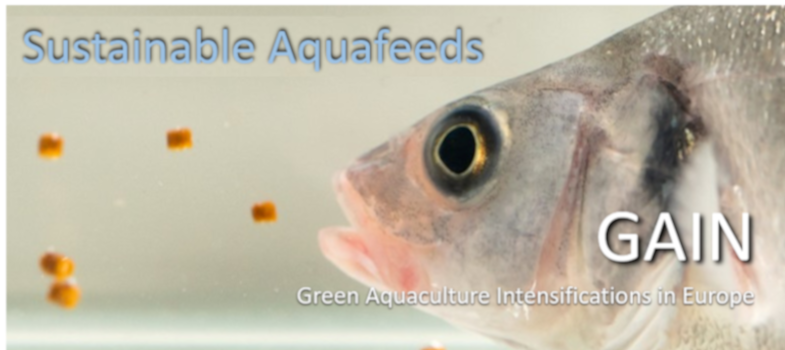Main Ingredient sources
Raw materials and their characteristics are important variables to manufacture fish and shrimp feeds. Depending on species and developmental stage, we need to adapt to factors like nutritional requirements, feeding behaviour, and fish size.
Ingredients traditionally used in aquafeeds include protein sources of marine origin, such as fish meal, marine protein concentrates and hydrolysates from by-products, Krill meal, and squid meal. Processed animal protein meals from by-products (e.g., poultry meal), protein concentrates from vegetable origins (e.g., soy, wheat, corn), and defatted oilseed meals from soybean, rapeseed, sunflower seed, are also widely used. Fish oils, plant oils, terrestrial animal fats have been the most used lipid sources. Carbohydrate sources include whole cereals and co-products, legumes (e.g., peas, faba bean), and technical starches. Premix of vitamins and minerals, and other feed additives, are added to make a complete feed.
Over the last decades, we saw a trend towards the reduction of fishmeal and fish oil levels. This reduction was achieved by a gradual replacement of fishmeal and fish oil mainly by vegetable proteins and oils and processed animal by-products. However, given the forecasted growth of aquaculture,it is necessary to find alternative protein and oil sources.
Further details on all this, as well as other important aspects to consider that define the nutritional value of a feed are discussed in the video below:The sustainability of ingredients used in aquaculture must be defined considering different aspects, methodologies, and comparing these results. However, the tendency is that all ingredients will present, to some extent, sustainability issues and challenges. The GAIN project encompasses these considerations and they are addressed in the course Sustainability of Aquaculture Products.
